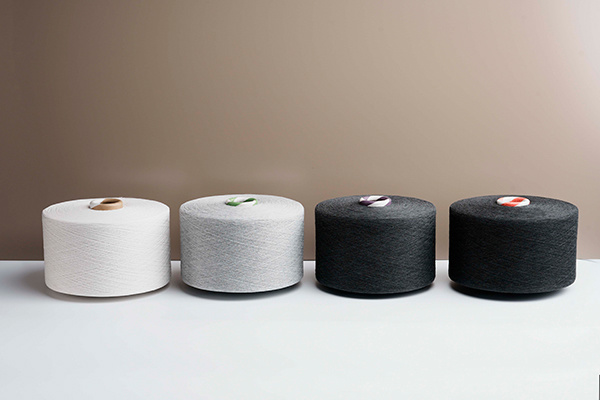NEWS CENTER
HENGBANG Textile has over 30 years of experience in the textile industry. Let's learn about HENGBANG Textile together

NEWS CENTER
HENGBANG Textile has over 30 years of experience in the textile industry. Let's learn about HENGBANG Textile together

2024-10-18
How To Choose And Use Sock Yarn
Choosing the right sock yarn is crucial for ensuring that your socks are comfortable, durable, and fit for purpose. Here’s a guide on how to choose and use sock yarn effectively:
Key Factors to Consider When Choosing Sock Yarn
- Fiber Content
- Wool: Wool is one of the best fibers for sock yarn due to its natural elasticity, warmth, and moisture-wicking properties. Merino wool, in particular, is soft and comfortable for socks.
- Cotton: Cotton sock yarn is breathable and suitable for warmer weather. However, it lacks elasticity and can lose shape over time unless blended with elastic fibers like spandex or nylon.
- Acrylic: Synthetic fibers like acrylic are often blended with wool for durability and affordability. Acrylic dries quickly and is less prone to shrinkage than wool but may not be as breathable.
- Blended Yarns: Many sock yarns are a blend of fibers, combining the benefits of different materials for softness, durability, elasticity, and warmth.
- Yarn Weight
- Fingering: This is the most common yarn weight for socks. Fingering weight yarn creates lightweight, breathable socks that fit well in most shoes.
- Worsted Weight: Heavier yarn creates very warm, thick socks, typically used for lounging or for wearing with boots.
- Durability
- Reinforced Yarns: Choose yarns that contain nylon, polyamide, or other reinforcing fibers to increase durability. Socks are subject to a lot of friction, especially in high-wear areas like the heels and toes.
- Ply and Twist: A higher ply (more strands twisted together) and a tighter twist will produce stronger, more durable yarn, helping socks withstand wear and tear.
How to Use Sock Yarn
- Gauge and Tension
- Check Your Gauge: Always knit a gauge swatch to ensure your socks fit correctly. The gauge will affect the sock’s fit and durability, so following the recommended gauge is essential for the correct fit.
- Adjust Needle Size: If your gauge is off, you can adjust by going up or down a needle size. The smaller the needle number, the more needles, the denser the eye, the more tightly woven socks; The larger the needle size, the fewer the number of needles, the looser the eye of the needle, the looser the knitted socks. You can adjust the stitch size and number according to the effect and comfort you like.
- Color Choices
- Self-Striping Yarn: Self-striping sock yarns create automatic patterns as you knit, adding a fun and colorful design without requiring complex colorwork techniques.
- Solid or Tonal Colors: Solid or tonal yarns are better for textured stitch patterns like cables, lace, or ribbing, where the stitch definition is the focus.
- Variegated Yarn: Variegated yarn adds visual interest with color variation, but it may obscure intricate stitch patterns, so it’s best suited for simple socks.
Conclusion
Choosing the right sock yarn involves considering factors like fiber content, durability.Using yarn specifically designed for socks ensures that your finished pair will be comfortable, durable, and fit for regular use. Whether you’re knitting for warmth, style, or everyday wear, selecting the right yarn is key to a successful sock project!
Telephone: +86 15867714666 +86 13928696918
E-mail: master@jxhbtextile.com wendy@jxhbtextile.com
Address: Duc Hoa Ha Commune, Duc Hoa District, Long An Province, Ho Chi Minh, Vietnam
C24, Road 3, Metro Industrial Zone
No.11, Industrial Avenue, Economic And Technological Development Zone, Guanyun County, Lianyungang City








